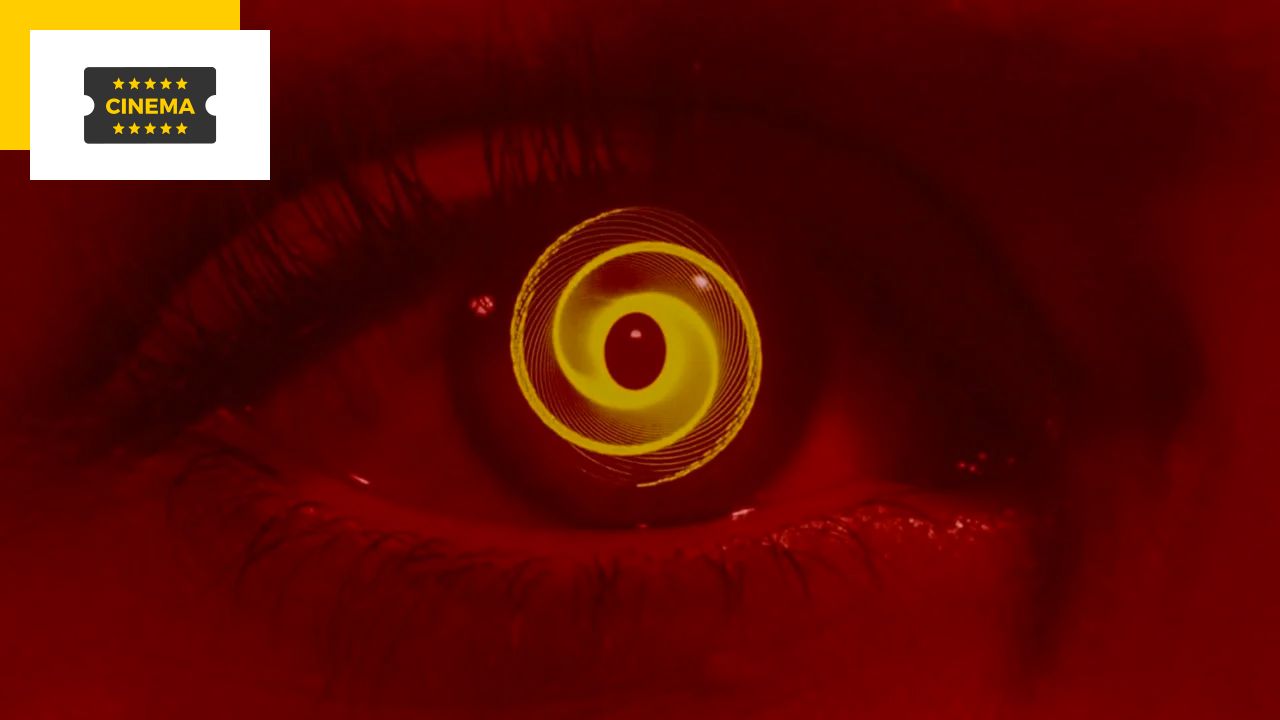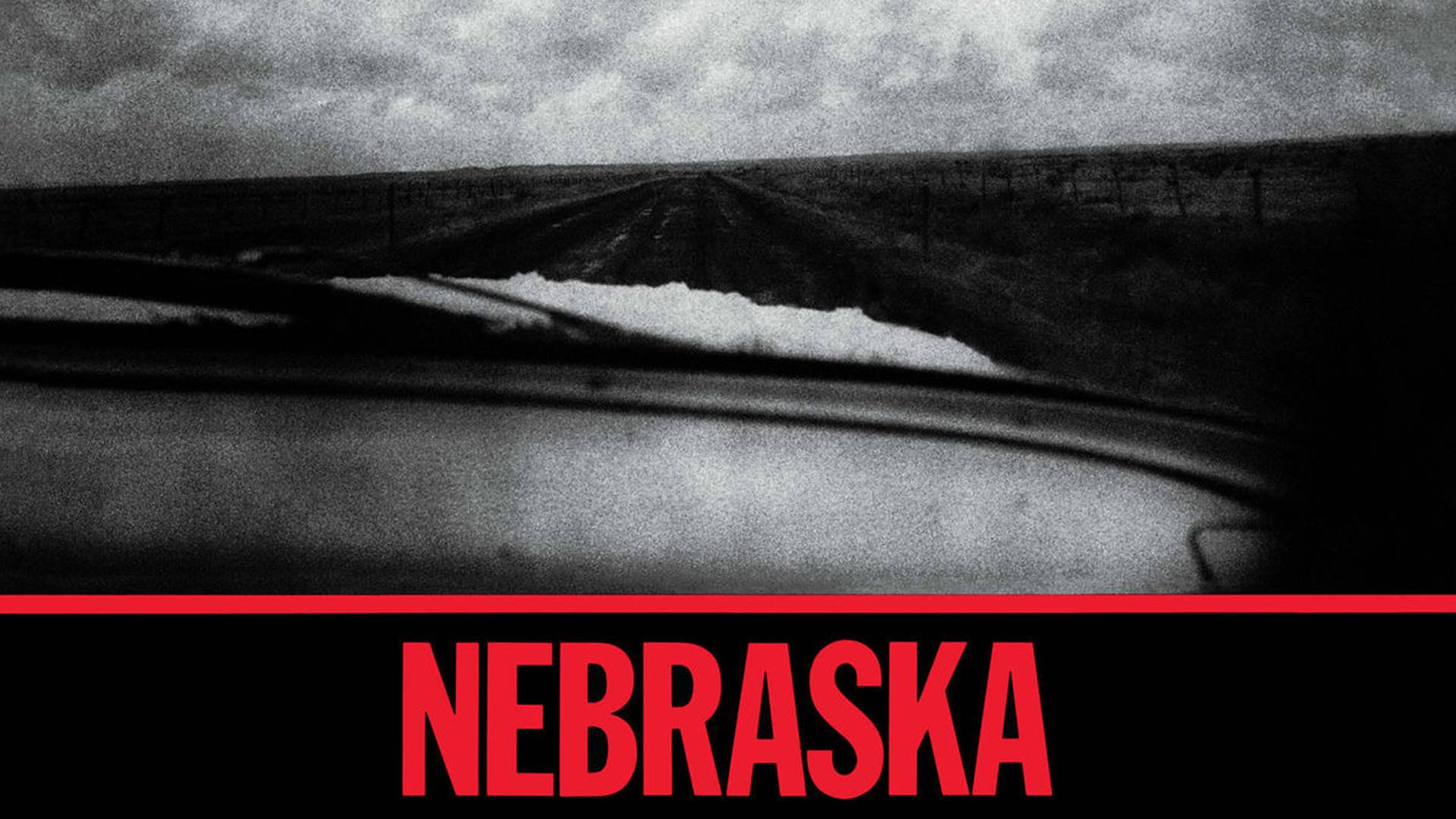“His titles are not just imaginary labels – as they are in many films – they are much more, they are an integral part of the film itself. When his work appears on the screen, the film itself really begins. I speak in the present. It is tense, because his work and his wife Elaine’s work for each of us He speaks regardless of our age and date of birth.”
Martin Scorsese evoked in the work these terms that are more than full of praise and admiration. Saul Bass: A Life in Film and Design The work of a great artist. The inventor of modern credits, still very little known to the general public, died in 1996 at the age of 75. An artist whose work and creativity is still widely felt today: Saul Bass.
After several internships at various Manhattan design studios, he began his career as a freelance advertising graphic designer before moving to Los Angeles in 1946 and establishing his own studio. Saul Bass & Associatesin 1950.
It was there that he began his talent in the service of Hollywood, creating advertising campaigns for Joseph L. for Mankiewicz films and Howard Hughes productions.
“Credits, a means of conditioning society”
The artistic turn – and the notoriety that comes with it – comes shortly after his meeting with the film director Otto Preminger. The latter entrusted him with creating the poster for his film Carmen Jones. This is the first revolution: the artist uses a graphic symbol, in this case a rose wrapped in fire, where the posters of the time were still content to repeat images from the film. Preminger then asked him to take care of the poster design as well as the credits for his other upcoming film in 1955, The Man with the Golden Arm.
The evocative power of the visuals created by Sol Bass (a stylized arm representing the talent as a musician and poker player of the main character, played by Frank Sinatra), as well as his addiction to heroin) is such that in the first part of the film in New York there is only a logo, the title is superfluous.
A detail of the “Man with the Golden Arm” poster by Saul Bass.
Credits remain. Before Saul Bass, credits were just the obligatory prologues, like rosary lists of the names of the artistic talents who collaborated on the work. legal obligation; No more, no less.
Only gradually are some directors entrusting the creation of credits to art directors. When Otto Preminger entrusted it to Saul Bass, the credits went from being a legal obligation to one of the first areas of motion picture experimentation, Motion Design.
Below are the opening credits of the film The man with the golden armAnd his famous jazz music by Elmer Bernstein…
Collaboration with Alfred Hitchcock
The person concerned had a very clear vision of his work: “For the average audience, the opening credits tell them they only have three minutes left to eat popcorn. I take that ‘dead’ time and try to do more than just remove names that don’t attract people. Moviegoers. Setting the audience up for the future, I make them look forward to it.”
My first thoughts about what the title could do was to create the mood and core of the film’s story, to express the story metaphorically. I saw the credits sequence as a way of conditioning the audience so that when the film actually started, the audience already had an emotional resonance with it.” she said.
Bass has a very sophisticated approach to graphic design with a modern and trendy style. In his work, the lines are broken or straight in repetitive ways. Used on film credits, the sense of composition and typography, the primacy of suggestion and the attraction to geometric abstraction, work wonders.
His work apparently failed to catch the discerning eye of Alfred Hitchcock, who commissioned him to create the credits for some of his most famous works. Cold Sweat’s extraordinary opening credits, for starters.
See again below…
A creation that offers the perfect combination between Kim Novak’s beautiful eye shots, Bernard Herrmann’s no less hypnotic theme music, and the typography and animation of all the work done by Saul Bass.
A small icing on the cake of anecdotes, the famous hypnotic spirals seen in sequence are the artist’s work. John Whitney Sr. A musician and experimental filmmaker, the latter is considered the father of computer-aided image design and continued to collaborate with Saul Bass until 1961.
Saul Bass argued that the spirals in the credits that represent Algebraic spirals, had to be accurate and not loosely drawn. John Whitney Sr. used a huge machine to design them. A type of mechanical computer that was a target lock system for anti-aircraft weapons developed during World War II and weighing 350 kg. It also took no less than five men to process it. combined with A The pendulum of the waveThis is what made it possible to create these perfect spirals.
Nevertheless, bass work on the credits cold sweat left a mark on Scorsese’s retina and cinephile memory, as mentioned above. As far as he entrusted it in 1990 after the production of Franchise, His remake credits Nerves are on edge, including the tribute cold sweat evident (even the music, originally due to Bernard Herrmann, but adapted and re-orchestrated by his disciple Elmer Bernstein).
Source: Allocine
Rose James is a Gossipify movie and series reviewer known for her in-depth analysis and unique perspective on the latest releases. With a background in film studies, she provides engaging and informative reviews, and keeps readers up to date with industry trends and emerging talents.



-sok3urr85fed.png)



